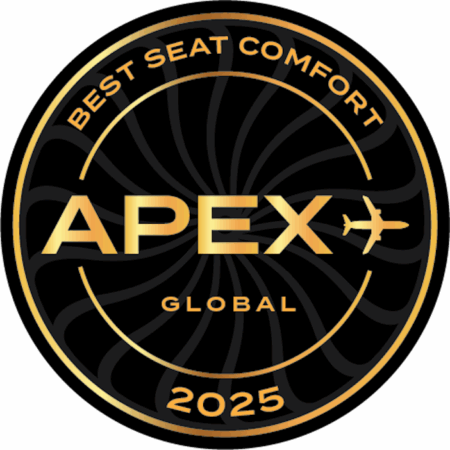The aircraft industries are exploring many ways to increase the efficiency and capacity of future aircraft, but how will this affect passengers? These are the issues being explored by an international team of experts in the field of virtual environments.
The VR-Hyperspace project, led by the University of Nottingham in the UK, is investigating how virtual reality (VR) and mixed reality (MR) can enhance comfort by changing the very perception of ourselves and the space around us. Put simply – can we use 3D technologies to convince ourselves that we are in a more comfortable place, regardless of what our physical space is like?
This ambitious €4.6 million project funded under the European Aeronautics and Air Transport (AAT) work programme began in 2011. It brings together leading psychologists, neuroscientists, computer scientists and aviation and aerospace industries around Europe to explore enhancing comfort and reducing discomfort in air travel. Partners include the Fraunhofer Institute for Industrial Engineering IAO; the Bauhaus-Universität Weimar; the Max Planck Institute for Biological Cybernetics; EADS Innovation Works; Valtion Teknillien Tutkimuskeskus; the Universitat de Barcelona; Greece’s Institute of Communications and Computer Systems; and Thales Alenia Space Italia S.p.A.
Project Co-ordinator, Dr Mirabelle D’Cruz, from the Human Factors Research Group (HFRG) at Nottingham, said: “The air cabin is an extreme challenge to personal comfort – psychologically, physically, socially and environmentally. When we fly we are in a small confined space for a duration of time, with restricted movement, faced with bright lights, noises, smells, and in close proximity to people we may know or don’t know, whether we want to be or not. VR-Hyperspace explores whether we can change any of these conditions to make them more acceptable so that we can carry out our activities of work, rest and play in comfort, or at least minimise the discomfort.”
“It’s not magic, it’s science!”, says the university. Based on scientific research into virtual embodiment by partners at the University of Barcelona, and space perception research by partners at the Max Planck Institute for Biological Cybernetics in Tȕbingen, the team are developing concepts aimed to convince users that they are relaxed in a larger space and able to carry out activities in a much better way. The virtual embodiment and space perception research is used to create positive illusions of perceived virtual self and space. By understanding these illusions, the developers claim they are able to design virtual environments which will have a stronger impact on passenger experience.
Putting a little glamour back into flying
Using 3D immersive projection-based displays, headsets and sound, the project has developed concepts to enhance the cabin environment and social interactions. The “enhanced cabin” concept has been developed by the Fraunhofer Institute for Industrial Engineering (FhG-IAO) in Stuttgart. This is a mock-up of an aircraft cabin with seats in a row and 3D displays on the cabin walls, seats in front and even on the floor.
Dr Matthias Bues, head of the Visual Technologies team at FhG-IAO, stated, “Computer-generated virtual environments can be projected on the displays giving the illusion of an invisible plane. You feel that you are flying through vistas of a tropical island or city-scapes. In our “super-here” scenario the features of the plane journey are enhanced so that you can enjoy the experience of flying. In our “super-there” scenario we can take you out of the plane to another more relaxing environment. If you had any fear of flying, this may help you on your journey.”
The VR-Hyperspace Aviation Advisory Board (AAB), chaired by industrial partners Airbus Group Innovations (formerly EADS Innovation Works) and Thales Alenia Space Italia (TAS-I), was set up as part of the programme to represent stakeholders from industry and the scientific community interested in aircraft interiors, aircraft passengers and comfort. Their role is to give advice and to look at the feasibility of the concepts for future aircraft. Dr Michael Olbert (Airbus Group Innovations) said, “The AAB’s best advice was to bring the excitement of flying back! Just like in the 1940s when flying was seen as a once-in-a-lifetime event and planes were like luxury hotels.”
Enhanced social interaction
Bauhaus-Universität Weimar developed a unique multi-user 3D telepresence system for the “enhanced social interaction” concept. 3D images of people in remote locations can be beamed into the passenger space and users can communicate with them.
For example, you could be on the plane and a close friend could sit next to you as a virtual 3D representation while you watch and discuss a movie together. Or you could be beamed into your child’s bedroom to read a story before bedtime so that you are always there for important tasks and connected to the people you want to be. TAS-I, ICCS and VTT are developing a telerobotic application based on a safety-critical task in space – an astronaut trapped on the moon – to investigate the issues around remote operations in a confined environment.
How will it work?
Currently headsets and projected displays are the easiest means of transporting passengers into a virtual world. As more and more of us become 3D enabled, eventually we might even be able to create a world of our own – accessing our dream destination from our phone, tablet, glasses or even contact lenses.
This approach has far-reaching applications in other forms of transport and in healthcare and education, according to the team. For instance, it can transform the lives of hospital patients in confinement and isolation for long periods of time – enabling them to change their environment to a more comfortable space while interacting with their friends and family without risks of infection or the need for constant travel.
Now prove it works
As the research project moves into its final stages, the next 12 months will be spent finding out if these ideas could really work turning virtual reality into reality. The VR-Hyperspace team will not only test the concepts in the lab but also in the field, in their own journeys flying around the world.




